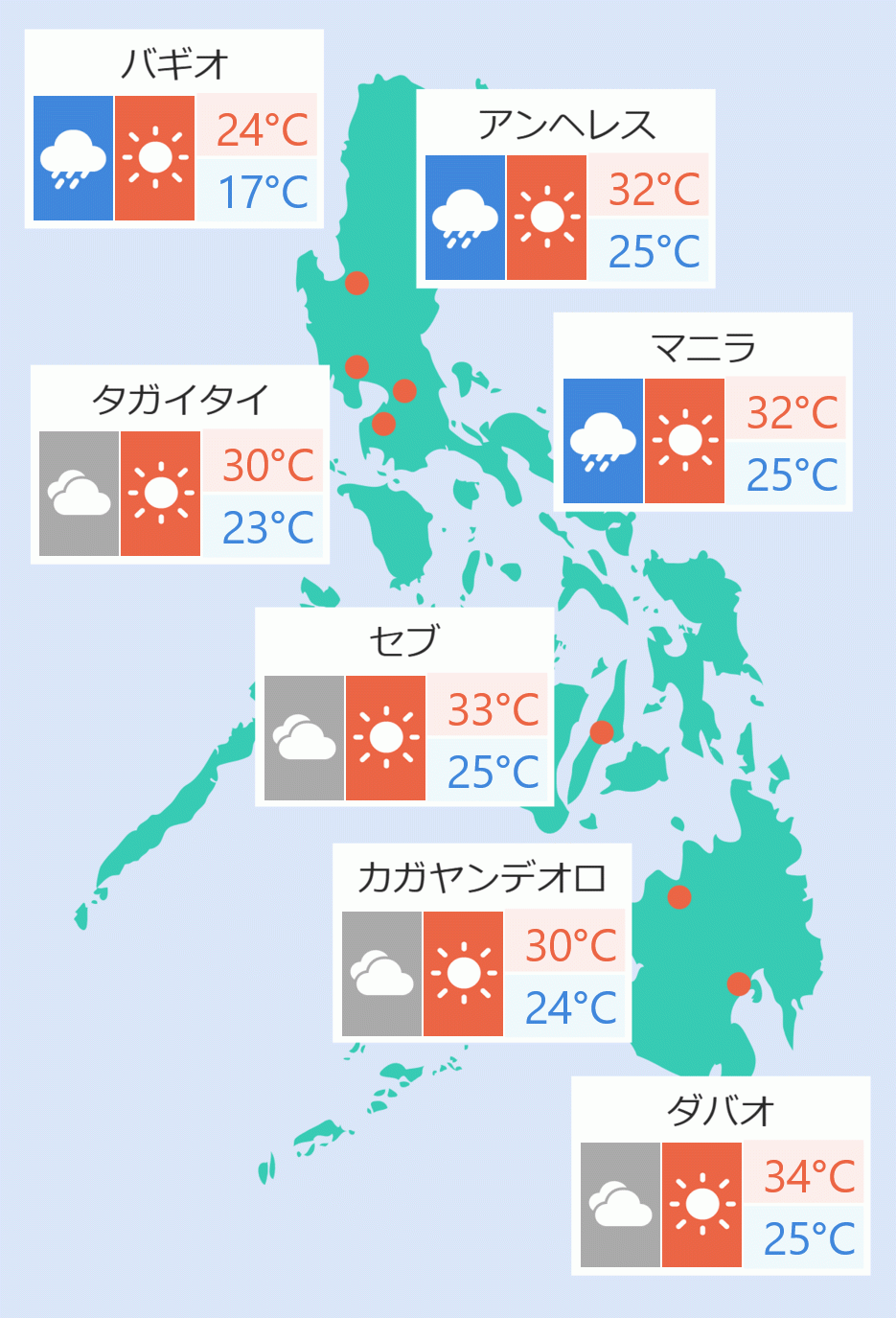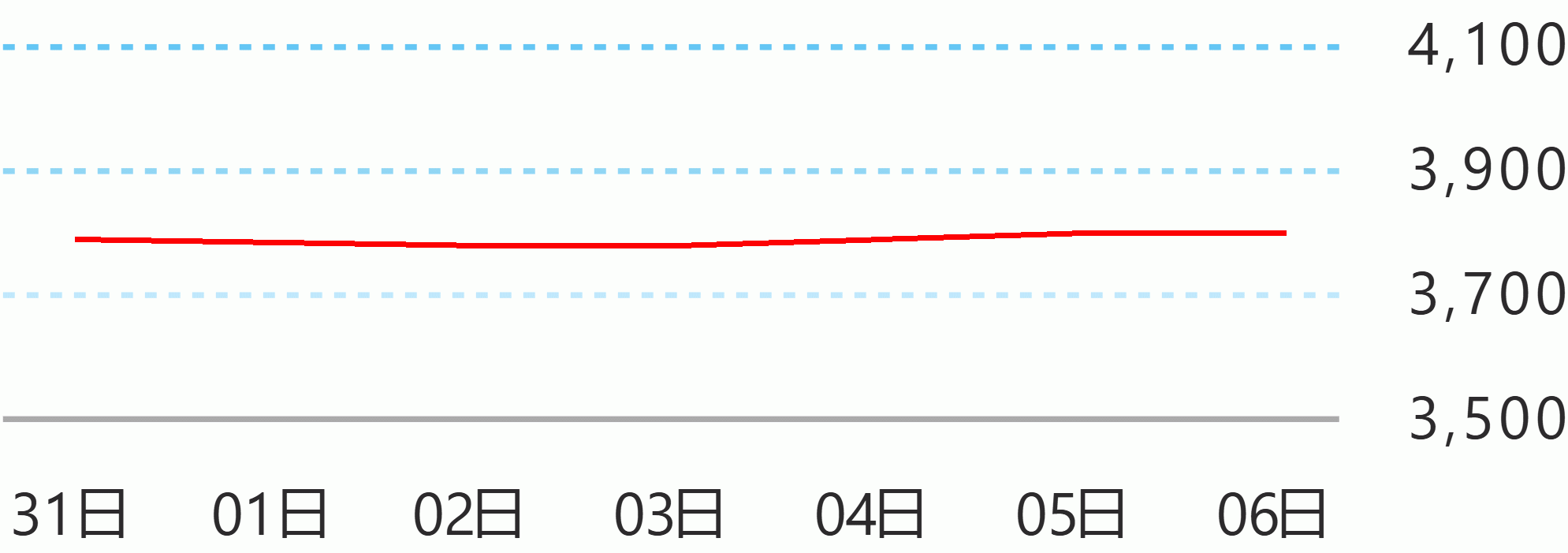Philippine inflation further accelerated to 6.7 percent in September, highest in nine years, the Philippine Statistics Authority said on Friday.
The September inflation was more than double the three percent a year ago and higher than the 6.4 percent in August.
The latest inflation was within the Bangko Sentral ng Pilipinas' forecast, which was 6.3 percent to 7.1 percent.
In a press briefing in Quezon City, National Statistician Undersecretary Lisa Grace Bersales said the jump in inflation was due to food and non-alcoholic beverages, which rose to 9.7 percent in September. Food and non-alcoholic beverages contributed 38.34 percent in the overall inflation.
Bersales said that the effect of Typhoon Ompong, which hit the northern part of the country by the middle of last month, has been factored in the September data.
"Supply disruptions caused by the onslaught of Typhoon Ompong in the regions of Ilocos, Cagayan, and Cordillera Autonomous Region put upward pressures on food prices. Damage to agriculture, including facilities and infrastructure, amounted to Php26.8 billion," said in a joint statement by the economic team.
The economic team includes Socioeconomic Planning Secretary Ernesto Pernia, Finance Secretary Carlos Dominguez III and Budget Secretary Benjamin Diokno.
The Cabinet officials assured that the government is working swiftly to temper the rise in the prices of goods and offer relief to those most affected.
They expressed optimism that with the declaration of a state of calamity in the four regions devastated by Ompong would provide some needed relief.
With the easing of inflation to 6.3 percent in September from 7 percent in August in the National Capital Region, the economic managers expressed the belief that food prices would taper off by year end and "go back to our target range by early next year."
The government's inflation target for this year is 2-4 percent, while its forecast is 4-4.5 percent.
The economic team, however, admitted that the global fuel prices remain a concern in the near term given the gloomy outlook on oil supply and an increasing demand for petroleum products during the winter. Celerina Monte/DMS





 English
English









